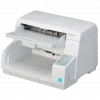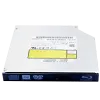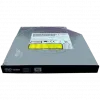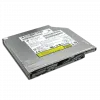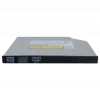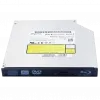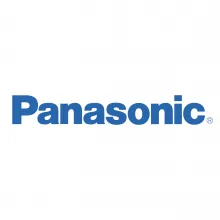
Panasonic was founded in 1918 by Konosuke Matsushita as a vendor of duplex lamp sockets. In 1927, it began producing bicycle lamps, the first product which it marketed under the brand name National.
During World War II the company operated factories in Japan and other parts of Asia which produced electrical components and appliances such as light fixtures, motors, electric irons, wireless equipment, and its first vacuum tubes.

